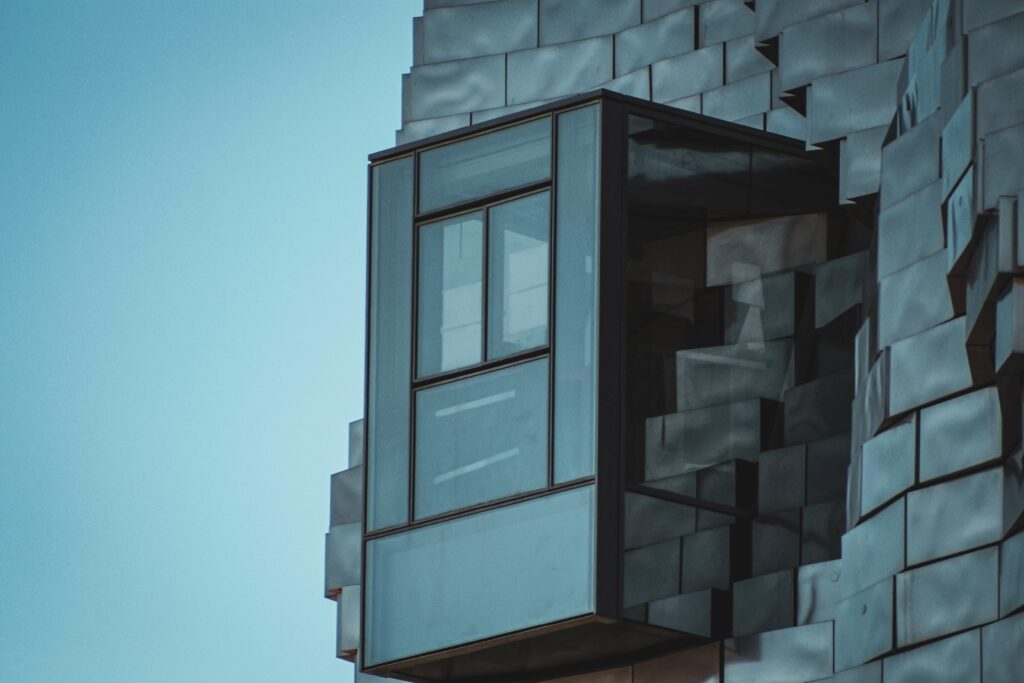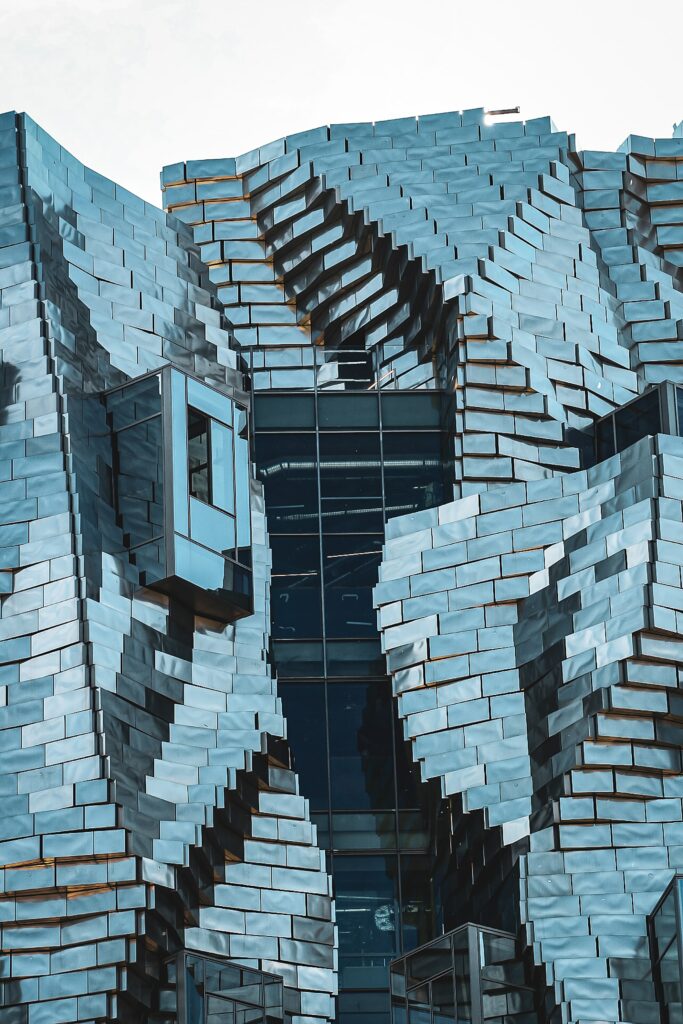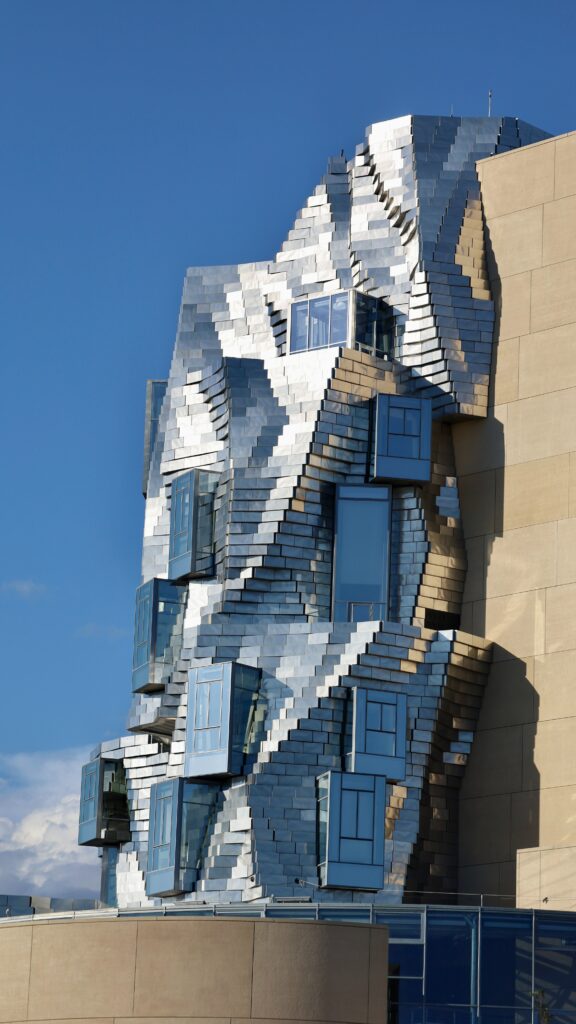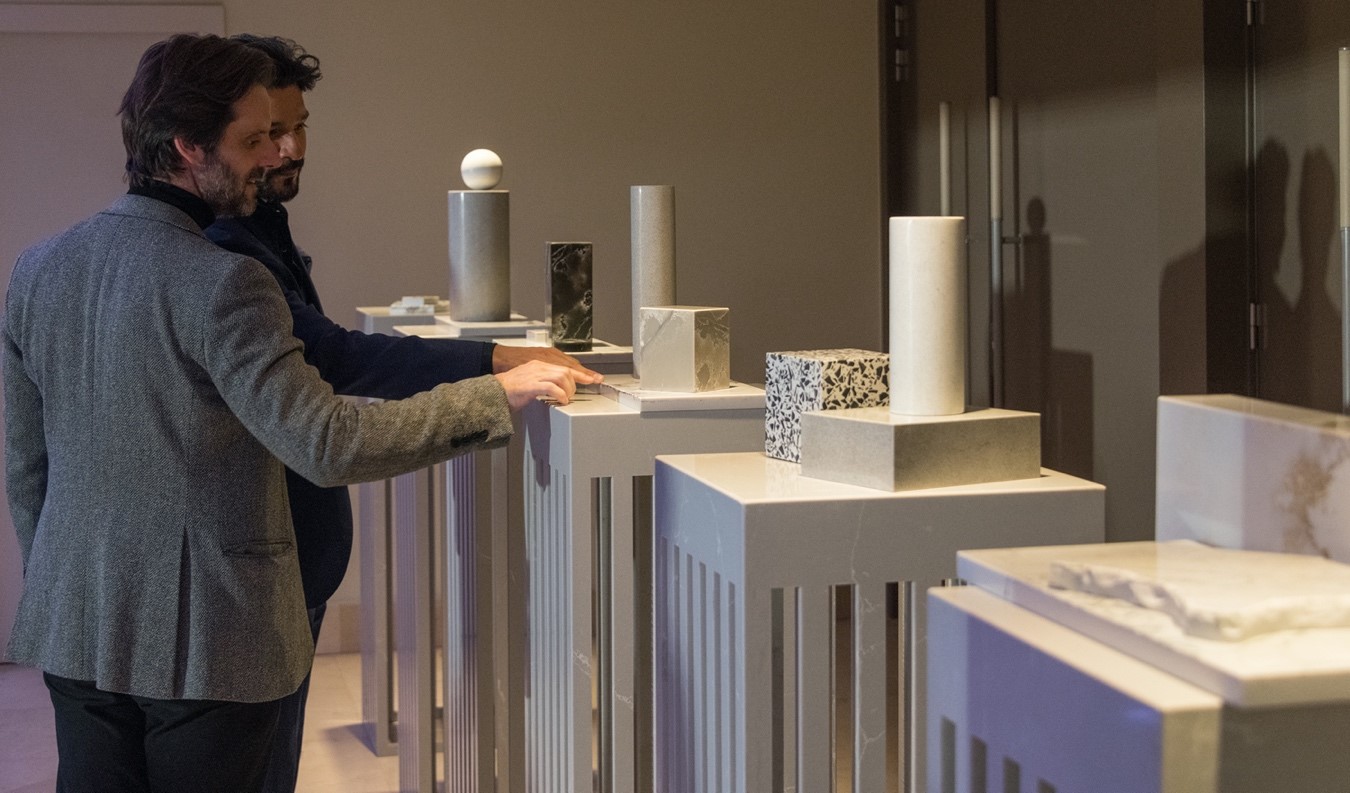The ability of prestigious architects to modify city skylines surpasses the limits of mastery. This is especially true whenever the name of Frank Gehry is mentioned. One clear example of this architect’s work, which is about to celebrate its twenty-fifth anniversary, is the famous Guggenheim Museum in Bilbao.
Aside from the fact that this is a magnificent piece of architecture, Frank Gehry changed perceptions of the Basque capital. He also managed this in other cities so that they are now viewed from a disruptive perspective. A case in point is the city of Arles, which Gehry shifts away from the French aesthetic tradition towards an imposing style of pure avant-garde.

Image 1 Photo by Baptiste Buisson on Unsplash
This is the case of one of Gehry’s most recent works. Luma Arles, as it is known, is transformed into an exhibition space that the Luma Foundation crowned with The Tower, designed by the Pritzker Architecture Prize winner in 1989.
A shell of steel to reflect the sensitivity of nature
Situated in a former industrial zone called the Parc des Ateliers, the Luma Arles Foundation reformed an emblematic urban space. And it did so with Selldorf Architects of New York who undertook to resdesign it. However, there is one striking element that is recognisable from any point in this French city that was home to Vincent Van Gogh. And that is the building’s crowning glory in the form of The Tower, inaugurated in 2021.

Image 2 Photo by Baptiste Buisson on Unsplash

Image 3 Photo by Claudio Poggio on Unsplash
Inspired by the cliffs of les Alpilles
Opinions and views are myriad and have been since its initial design. As such the tower could be considered an architectural sculpture or sculptural architecture. With a somewhat dreamlike air, it has a brilliant, changing and ephemeral aesthetic. It also provides a special luminescence in a city that is driven by art and culture.
The Tower is a 56 metre high construction with 12 floors dedicated to culture. As such it has truly become an architectural milestone, in that it stands out visually in a city with a less avant-garde aesthetic. This is proof of Gehry’s powerful contribution to the contemporary skyline.
The reflective tower rises from a circular construction built in Roman style. Its height is approximately 17 metres with a diameter of 54 metres. Nonetheless, the most impressive thing about this part of the building is the fact that 670 tonnes of glass were used in its construction. This material covers the base from which The Tower rises. In addition the structure consists of almost 11,000 panels of stainless steel that mark the distinctive style of the architect Frank Gehry.
It is precisely the inclusion of these irregular aluminium panels that give the building its twisted geometric structure of steel encasing a core of reinforced concrete. As a result these panels create a specific composition of fault lines that enable direct communication with the light cycle of nature. These then create an incandescent reflection fashioning a new relationship with the inhabitants of the French city. The architect drew inspiration from the cliffs of the Alpilles, the phantasmagorical rocks of Baux-de-Provence and the paintbrush of Van Gogh. All of which combine to create this sensorial element, topping an imposing complex with a surface area of 15,000 square metres allocated entirely to art and culture.
A style characterised by movement
The Tower is a clear example of an architectural style that defines a way of viewing a project from the perspective of introspection and reflection. It makes use of the material and its effects to provide a new way of seeing the city.
In this way, in each of Gehry’s projects, it is precisely through deconstruction that this constructive arrangement is seen. Deconstructivism is a movement in which elements are fragmented to invite chaos- Thus the disjointed nature of the structure disturbs the consciousness of anyone innocently observing the work.
Accordingly, the oeuvre of this renowned architect borders on the pictorial and leans towards a work in the Cubist style. This effect is maintained as a philosophy within each and every one of the projects by Frank Gehry, who sees architecture as a way of marking the place of its location. Moreover, Le Corbusier’s strong influence pervades the works, imbuing them with a strong sense of functionality and spatial flexibility. Yet at the same time the resulting design is always polished and recognisable.
The shapes of his buildings are broken down and deconstructed to provide a sensation that, together with the reflection from the materials used, creates a striking result.
Aside from the Guggenheim Museum in Bilbao, the Walt Disney Concert Hall and the Louis Vuitton Foundation, The Tower of Luma Arles presents an example of a lifetime dedicated to architectural design.

